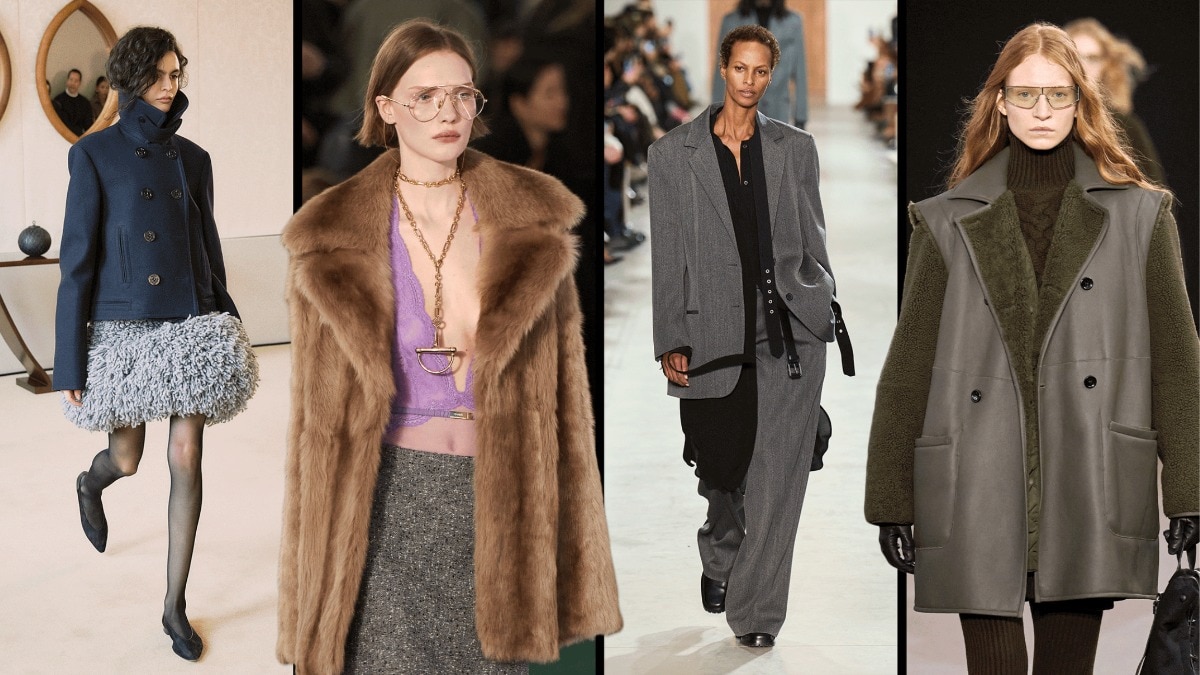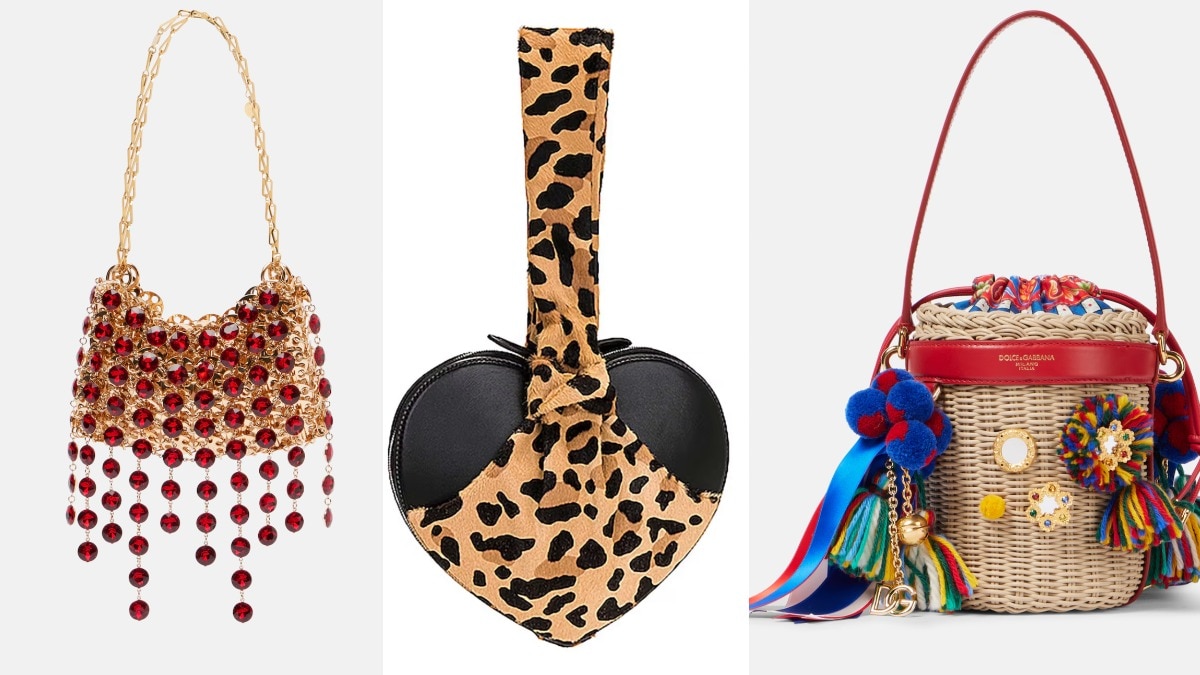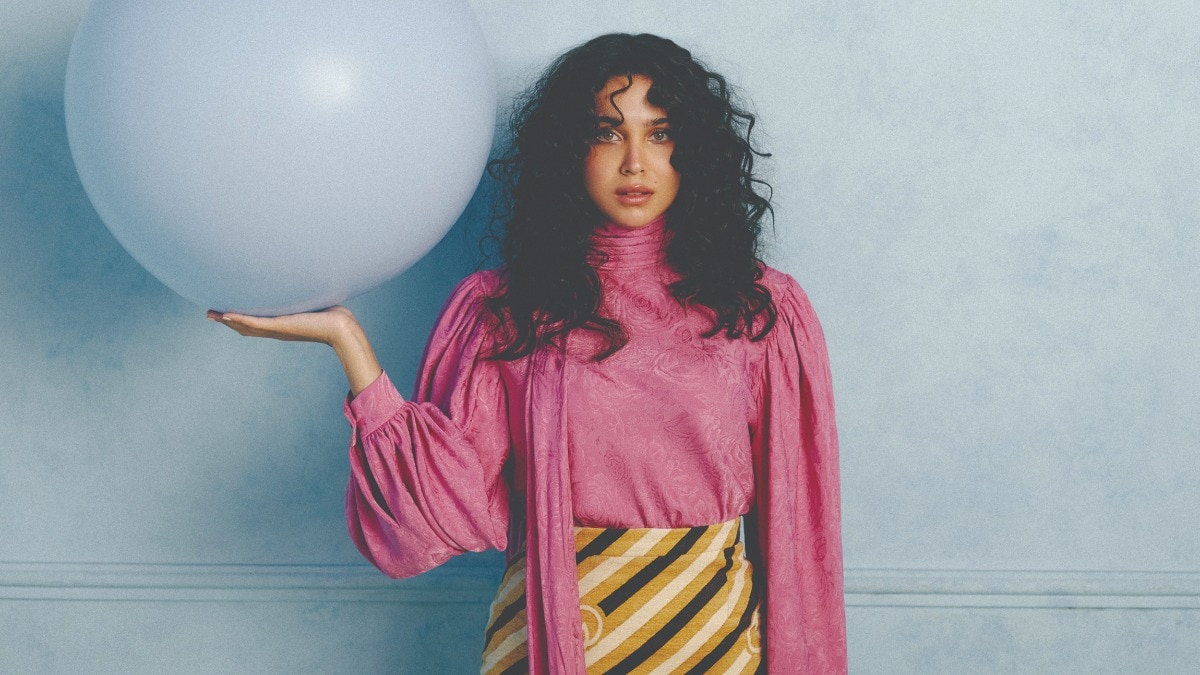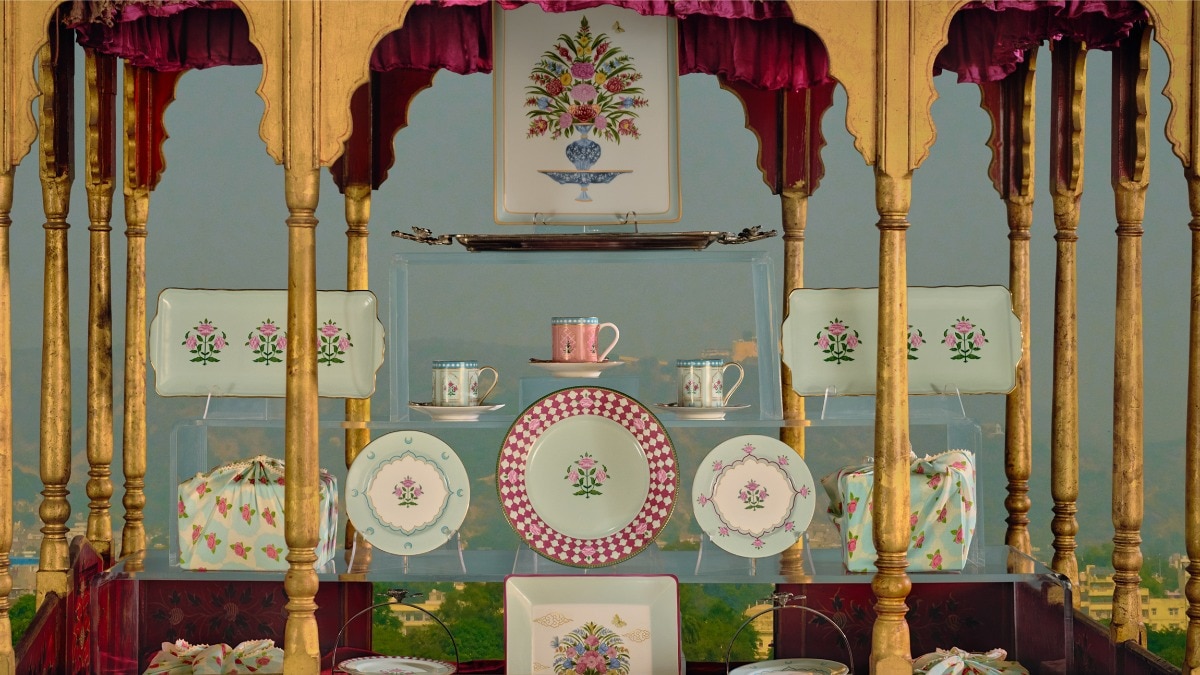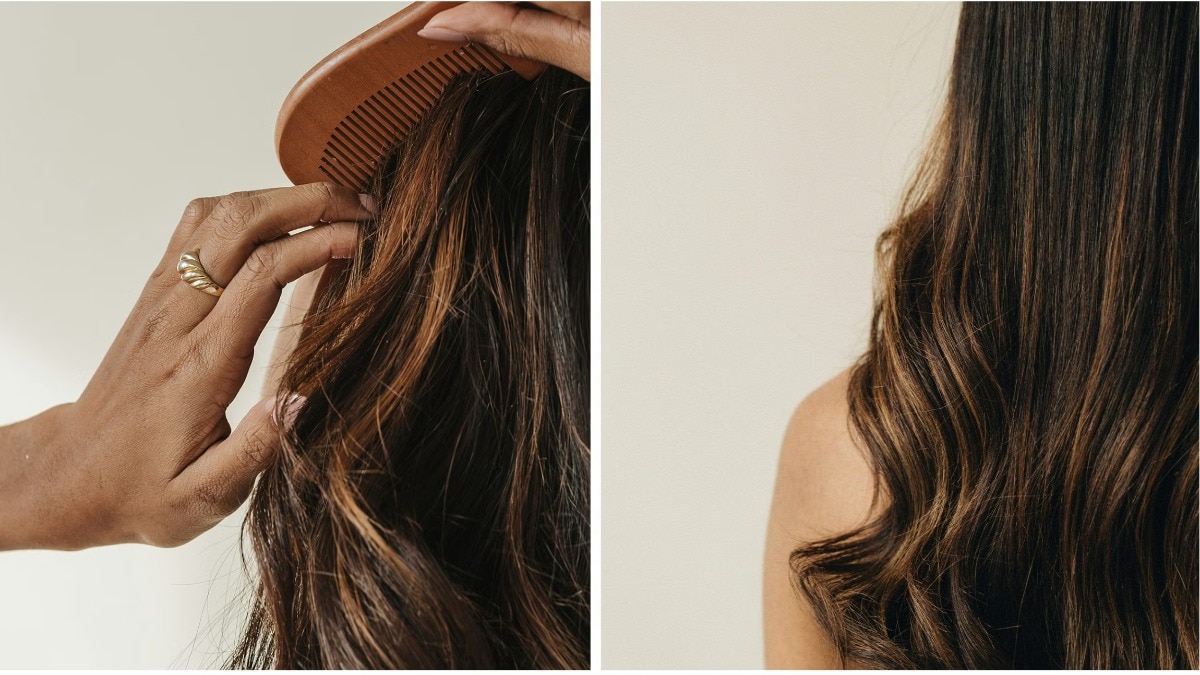
Here's how Yves Saint Laurent, Dior, Gucci and other luxury brands are making menswear chicer with feminine accents
As they say, we could all use a little more tenderness.


Half a century ago, Yves Saint Laurent created his iconic Le Smoking and changed womenswear forever. The menswear-inspired tuxedo was first a scandal, and then quickly a sensation. Now, his successor, Anthony Vaccarello is channelling that contrarian spirit and doing the inverse—applying the language of Saint Laurent’s womenswear into menswear. This meant silk and chiffon blouses, giant pussybows, floor-sweeping coats, and vertiginously heeled boots. For years, Saint Laurent menswear has felt like, if not an afterthought, then just a commercial continuation of the skinny rock-god aesthetic put in place by Hedi Slimane. It wasn’t until Vaccarello tapped into the inherent femininity at the heart of the brand that his menswear finally clicked.

Vaccarello isn’t the only designer who has sensed this shift in the air. The interesting thing is that it’s the world’s biggest brands and most established designers who are keying into this new, more feminine mood for menswear. It’s almost a given that young, indie, and/or queer designers—your Ludovic de Saint Sernin’s and Palomo Spain’s—will push the boundaries of gender and identity in fashion; but big brands, by the very nature of their businesses, which need to appeal to the widest possible audiences, have a tendency to not rock the boat so much. This season, in menswear at least, that has been upended.

At Dior Men, Kim Jones is best known for merging streetwear with high fashion, and for translating Christian Dior’s language of French couture into menswear. For Fall/WSinter 2023, he focused less on the street and more on the couture. His suits were soft and fluid, with gently nipped-in waists, draped lapels, and the occasional flowing train. There were skirts and skirt-like shorts. Despite these feminine accents, the collection never read as anything other than menswear. At Fendi, Silvia Venturini Fendi referenced her own youth, spent dancing nights away at Studio. This translated into a collection filled with disco-ready one-shouldered tops, scarf dressing, and a generous dose of rhinestones and crystals. All of it made for one of Fendi’s most interesting menswear outings yet.

At Dolce & Gabbana, that bastion of virile Italian in Saint Laurent masculinity, Domenico Dolce and Stefano Gabbana by Anthony Vaccarello looked to their own repertoire of ultra-precision suiting from the ’80s and ’90s, and adapted it for a 2020s Bunny in Jacquemus context. The duo took their signatures and cinched, sculpted, and whittled them into volumes that evoked their sensuous womenswear. As a result, the clothes were the freshest and most fashion-forward they have looked in years. Sarah Burton of Alexander McQueen was inspired by McQueen’s time on Savile Row. Hence, her starting point of razor-sharp tailoring, to which she applied the dissection and subversion that are the House’s core qualities. Some of the suits were fashioned into bustier-like forms; others were sliced open like the cut-out dresses she showed in her women’s collection. At Loewe, Jonathan Anderson wanted to achieve purity of line. The shapes he showed were reminiscent of mid-century couture, but stripped of fuss and stuffiness—and shown on male models—they looked almost radical.

The most electrifying thing about this new movement is the fact that it doesn’t ignore the old gender binary of yore. It’s not about erasing boundaries completely—the way Alessandro Michele used to do it at Gucci—and putting boys and girls alike in the same flowy dresses. The aforementioned collections are still very much rooted in the classical codes of menswear—suits and tuxes, and the like. The womenswear touches are subtle—a cowl neck here; a pussybow there. The intention is not to make men look effeminate, but to push the aesthetic limits of what’s often thought of as traditional masculinity. There is a reason why most of the models chosen by these designers fit your mental image of a typical hunk. At this point in our cultural moment, you kind of expect a Troye or a Timothée to play around with gender-coded clothing—it’s a far more powerful visual when you see Bad Bunny in a backless blazer with a flowing floral stole, or Manu Rios in a plunging silk blouse. They still very much look like symbols of manliness, but they also represent a far more tender vision of masculinity. And we could all use a little more tenderness.

